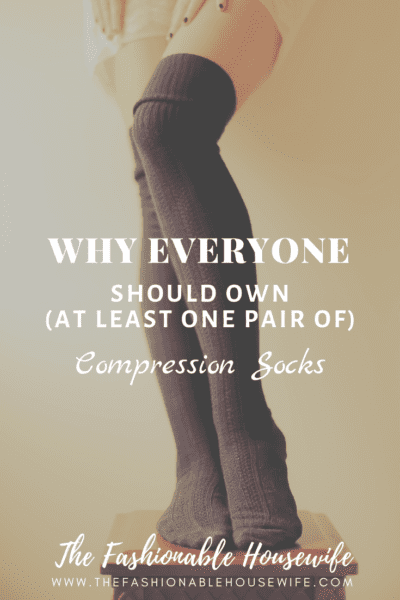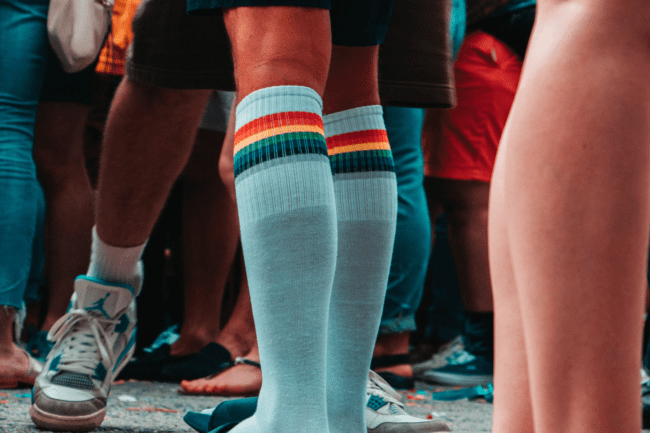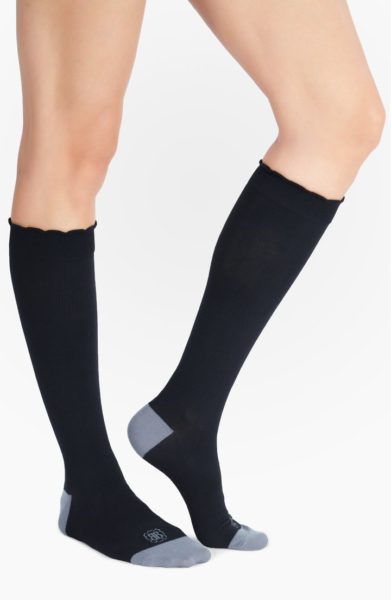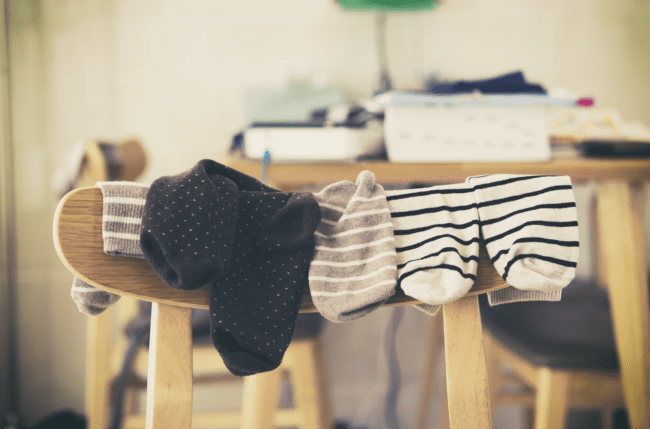
Compression socks, along with compression wear in general, such as compression stockings, sleeves, and tights, are used for comfort, achieving better results in sports, and helping prevent severe medical conditions. Invented in the early 1950s, that is to say, their modern version, they are made from stronger elastics than regular socks. The idea is to create considerable pressure on the legs, ankles, and feet to prevent the occurrence of and protect against further progression of venous disorders. Now, we realize that when you think of compression socks, you immediately think of your grandmother’s dull stockings. However, today’s styles are not only functional but, also in many cases, fashionable too. After all, nowadays, they are coming into vogue among many stylish women who sit on uncomfortable airplane seats during long-haul flights.
And with that in mind, let us let you know why you need to own at least one pair of these superb and multipurpose socks.
The Basics: How do Compression Socks Work?
Compression socks are designed for compression therapy. They are less constrictive by the knees and thighs but steadily increasing their tightness towards the ankles. By compressing the surface veins, arteries, and muscles, they force circulating blood through narrower channels. As a result, the arterial pressure increases, causing more blood to return to the heart and less blood to be pulled down to the extremities.

When and Why Should You
Wear Compression Socks?
Compression Socks Can Help You Outdo Your Running Performance
Running in compression socks has been a thing for a while among elite athletes. Still, nowadays, they have also become a popular trend even among casual runners. Compression socks for running alleviate delayed-onset muscle soreness, provide faster recovery time, decrease muscle fatigue, and prevent cramping.
But how is all that achieved? The slight and sometimes graduated compression of the tightly woven fabric gently massages your muscles, squeezing your veins and promoting and increasing blood flow. With increased blood flow comes to increased oxygen delivery to the muscles. Furthermore, the compressive nature of the socks helps support the tissue, to prevent fatigue from muscle oscillation. Compression socks are perfect for all athletes, but their benefits have proven to be especially appreciated among runners. Many of them swear that the compression socks help them improve their performance in running or recovery.
Compression Socks Do Magic for Moms-To-Be
Pregnant women wear compression socks to help eliminate lower limb edema and varicose veins during the third trimester of pregnancy and prevent DVT after delivery. Wearing maternity compression stockings can also help with other ailments that come about with the increased strain on an expectant mother’s circulation system. Symptoms such as swelling, leg cramps, and general leg achiness are common in pregnancy but can be eased through the proper use of compression stockings. The extra boost in circulation provided by these socks can help re-energize tired and sore legs, and assist in relieving the “heaviness,” future mothers feel in their lower bodies.
Compression Socks for Worry-Free Travel
For those always on the road, a comfortable and worry-free trip is imperative. So, getting a pair of compression stockings is a great way to reduce potential travel-related problems.
One of the main risk factors for blood clots in the legs (also known as deep vein thrombosis) can occur during long periods of inactivity – such as for example, a long airplane flight. Compression socks (or stockings) fit tightly, particularly at the ankle. That gentle pressure encourages blood flow to deep veins, which in turn prevents blood from pooling and clotting, meaning, reducing the risk for DVT. Additionally, compression socks also help reduce swelling and the pins-and-needles feeling people get when sitting still for longer than three hours of flight.
Compression Socks Combat Everyday Fatigue
Wearing compression socks can be beneficial if you are a doctor, teacher, server, or similar, and your job requires sitting or standing in the same place for extended periods. The graduated pressure from compression socks can help you bring relief to tired, achy feet and legs. As they have increased in popularity, there are compression stockings available in different fabrics and colors. They are discreet and look like the ordinary socks you already wear to work. You can wear compression socks all day to maintain a healthy increase in circulation and avoid swelling or muscle fatigue. Nevertheless, depending on their purpose and the level of compression, consulting with your doctor is always a good idea.
How To Wear Compression Socks
Basically, anyone can wear compression socks if they choose the pressure level that suits their needs. They start with pressures of 10 millimeters Hg and go up to 40 millimeters Hg. That said, the higher the pressure, the better they work. For compression socks to do their job, they need to lie flat and smooth across your foot and calf. If they bunch up, they will not be able to provide proper and even pressure. With no previous medical condition, nor symptoms, your best bet is to choose 10 millimeters Hg. If you have daily soreness and aching of your legs during long shifts, consider choosing compression levels of 15-20 mmHg. Just know that anything above the compression level of 20 mmHg is medical grade. It requires a prescription, so if you have a medical condition, consult a doctor for an order and compression level specification.
The Takeaway
If you suffer from sore muscles after a workout, your feet tend to swell post-flight, or after standing all day long, compression socks are an affordable and super comfy solution for you. Furthermore, according to experts, they are an excellent solution for relieving leg discomfort related to varicose veins and even have the ability to improve the venous circulation, decreasing the risk of blood clots. Since they are now available in a wide range of styles and colors, choosing your perfect pair and matching it with your outfits can even complement your style.





